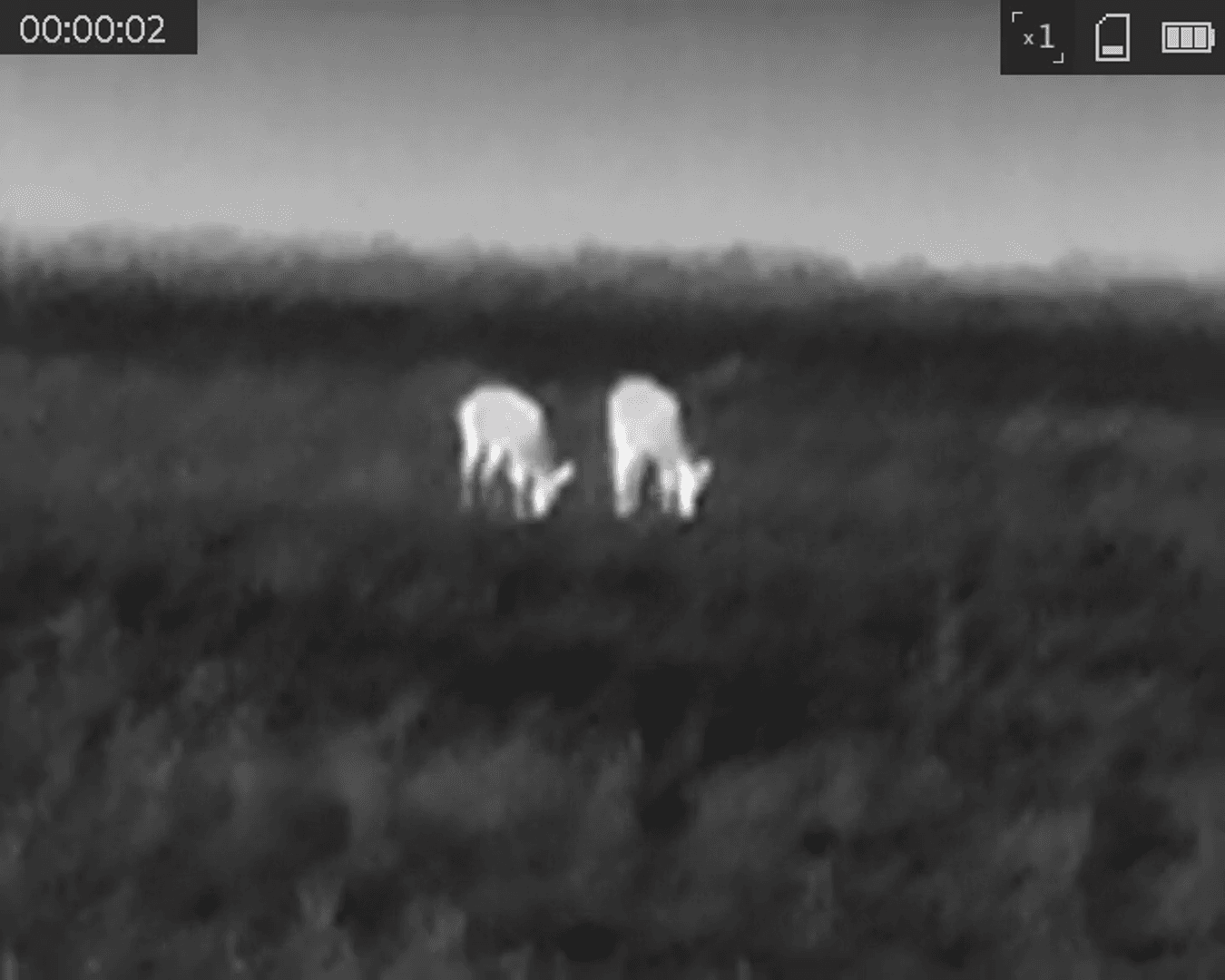
25 Tips for Dove Hunters 1. Pick the Right Gun Dove hunting is supposed to be fun, and if you enjoy shooting family heirlooms or featherlight .410s at doves, who am I to tell you not to? But if your idea of fun is hitting more doves, choose a 12- or 20-gauge with some heft and at least a 28-inch barrel. A longer, heavier gun swings smoothly, points surely and soaks up recoil. The best dove shooting I did this past year was with a 12-gauge sporting clays gun. 2. Stock Up On Shells Ammunition is available again, and there’s no reason to run out opening day, which I have actually done. Begging shells from people in the field is just embarrassing. Field or target loads of Nos. 7½ or 8 lead or 6 or 7 steel work. Steel loads kill fine, by the way. Lighter loads, with less shot and lower velocities, kick a lot less than heavy, high-speed stuff, and you will shoot a lot in no more padding than a T-shirt. Be sure your ammo will cycle your semi-auto, but other than that, lighter is better. 3.
Post: 16 September 11:13






































